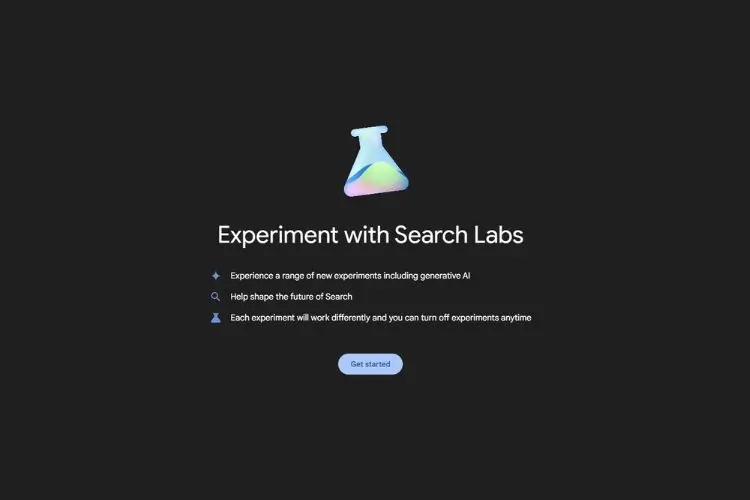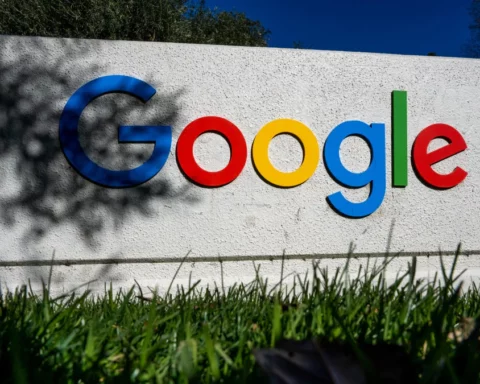At this year’s Google I/O event, Google revealed its integration of Generative AI into Google Search, and now it has officially started rolling out the Search Generative Experience to subscribers of the Search Lab program.
One of the standout features of this new technology, known as SGE, is its ability to handle long and complex questions. When you enter a query into the search bar, instead of the usual list of blue links, you’ll be presented with an AI-generated “snapshot” and other key insights related to your query. Google extracts information from multiple sources and summarizes it, displaying the summary beneath the search bar with a distinctive background color. To power this feature, Google is utilizing Large Language Models such as Pathways Language Model 2 (PaLM2) and Multitask Unified Model (MUM).
It’s important to note that Google considers Generative AI to be experimental, hence the disclaimer that “info quality may vary.” Additionally, Google maintains a neutral stance in its responses, avoiding first-person attribution.
Another impressive aspect of SGE is its ability to expand upon and corroborate information. For example, when we queried about important factors to consider before purchasing a laptop, SGE provided a list of articles related to the search query. However, we wanted a summarized version of the query. By clicking on the “expand button” in the top right corner, we obtained the desired summary.
Impressed with the response from the Search Generative Experience (SGE), we decided to explore laptops under $1,000 and took advantage of SGE’s conversational capabilities. Below the previous response, we found an “Ask a follow-up” option with a range of suggested follow-up questions. By using this option, we obtained a summary of what to consider when searching for a laptop within our budget.
Notably, SGE didn’t just provide a summary; it also offered a selection of different laptop options. This is made possible by Google’s effective utilization of the Shopping Graph. Based on the specific query, relevant laptop options are presented. For instance, if you’re seeking a laptop with a 512GB SSD, 16GB of RAM, a touch display, all under $1,000, SGE will compile a list of recommended devices tailored to your needs. The results may also include sponsored products.
Furthermore, SGE extends its capabilities to assist with coding and provide insights on specific programming queries. By leveraging the Code Tips feature of Google’s Large Language Models (LLMs), you can ask programming-related questions related to languages such as C, C++, JavaScript, Kotlin, Python, and more.
Another handy feature is the ability to compile search results into a spreadsheet using SGE. For example, when searching for the “best budget CPU,” hovering over the link generated a pill-shaped floating window offering options to bookmark the article, share it, or compile the data into a spreadsheet. This functionality allows users to create a new sheet specifically tailored to their search query.
These are the only characteristics of Google’s Search Generative Experience that have caught our attention so far. The embedded link allows you to register for SGE through Search Labs as well. Once you’ve signed up, keep an eye out for the email saying “It’s your turn to try Search Labs” to get going. Subscribers to Google One 2+ TB will have preferential access to SGE.








